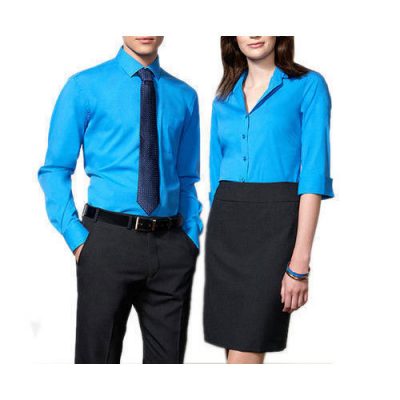Generally, what size do you need to measure for custom-made clothes? First of all, we must have an understanding of the physical characteristics of a person, whether it is a hunchback and hips; whether it has a chest and a belly; whether the shoulders are the same height and the body is fat and thin? Then is the official measurement of the size! Here are some examples of custom-made measurement methods for several types of clothes!
Common suit custom-made size measurement
1. Data needed to be provided by the company’s professional binding
Top Size: Shoulder Width, Front Length, Back Length, Bust, Sleeve Length, Mid-Waist, Arm Circumference, Wrist Circumference, Back Width Pants Size: Waist Circumference, Hip Circumference, Pants Length, Crotch, Rise, Foot Circumference, Height and weight;
2. Data to be provided for customized work clothes
Top size: shoulder width, front length, back length, bust, sleeve length, back width. Pants size: waist, hips, pants length, height and weight;
3. Data needed to provide customized shirts
Top Size: Shoulder Width, Front Length, Back Length, Bust, Sleeve Length, Mid-Waist, Arm Circumference, Wrist Circumference, Back Width, Neck Circumference Pants Size: Waist Circumference, Hip Circumference, Pants Length, Crotch, Rise, Feet Circumference height and weight;
4. Data on the amount of suit required
Tops: front length, back length, chest height, breast spacing, bust, middle waist, front width, back width, shoulder width, sleeve length, sleeve fat, collar circumference, front waist section, back waist section, belly circumference
Pants: pants length, upper crotch, waist circumference, hip circumference, hip position, abdominal circumference, cross crotch, mid crotch, through crotch, hem
Shirt: collar, shoulder width, bust, waist, hem, sleeve length.

































